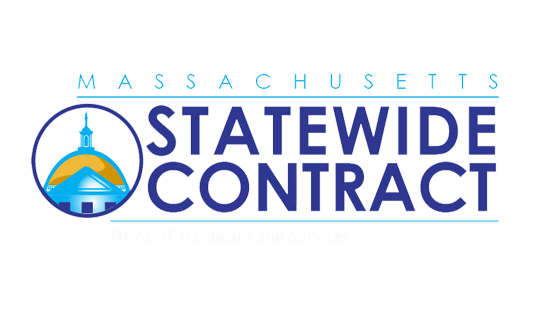A single careless click on a suspicious email or unsecured link can do more than freeze your screen; it can freeze your entire business. Whether you're running a small team or managing a growing enterprise, ignoring cybersecurity investment isn't only risky but also expensive. The cost of a cyberattack is not limited to stolen data or downtime; it can damage your reputation, drain your finances, and corrupt customer trust.
Many businesses underestimate the importance of cybersecurity until they’re hit with alerts they can’t ignore and bills they didn’t expect. Investing in cybersecurity isn’t about buying fancy tools, it’s about building a resilient cybersecurity strategy that protects your people, your data, and your future. Most SMBs only realize the true costs of weak defenses after an attack, but then it's too late to act. Our Boston team of experienced Cybersecurity professionals help you implement the right protections so that you never lose against cyber threats. From understanding cybersecurity costs to learning how to mitigate risks and enhance resilience, this guide is designed to help decision-makers make informed, safer choices.
In this blog, we will explore
- why cybersecurity is important for every business
- The costs of ignoring this investment
- How a strong cybersecurity strategy can prevent costly damage.












